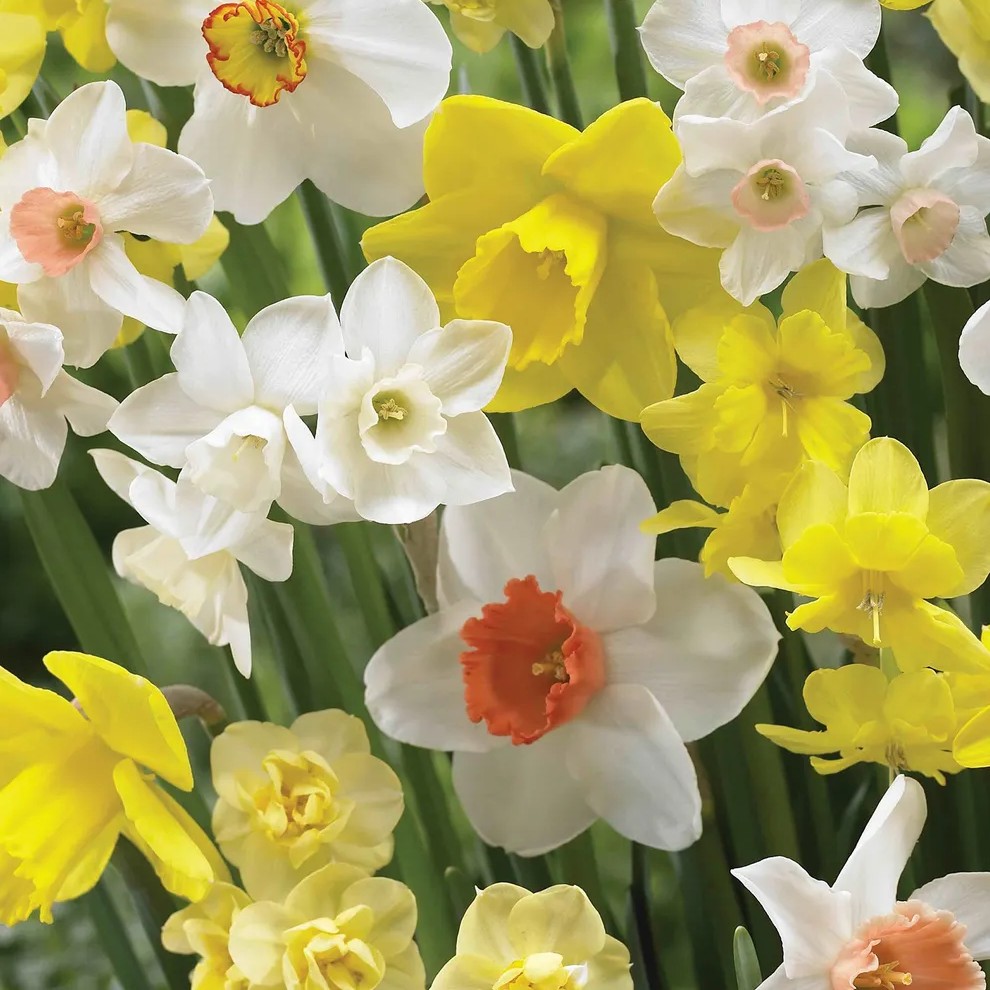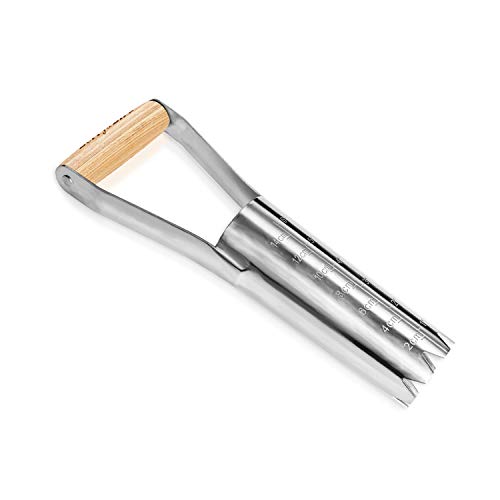As a professional gardener, there are certain bulbs I return to every year without fail. Take ‘Apricot Beauty’ tulips, for example. These pastel peach blooms have followed me from garden to garden during different placements working in the UK and Italy. Importantly, however, popular bulb varieties, including ‘Apricot Beauty’, sell out fast, and gardeners seem to be ordering earlier and earlier each year. So, if you want your first choice of tulips and daffodils, now is the time to act.
While I do have my favorites, I like to use bulb selection and ordering as an opportunity to try something new each season. A bold hyacinth, a ruffled parrot tulip that feels a bit over the top. That’s the joy of bulbs – they allow you to play. You can chip and change and try something a little different.
So, whether you want to try something new or stick to the classics, now is a great time to get ordering to avoid disappointment. Here, I reveal all I know about how to order bulbs in August, and seven of my must-have varieties of tulips, daffodils, hyacinths and more that will inject color and joy into your spring garden.
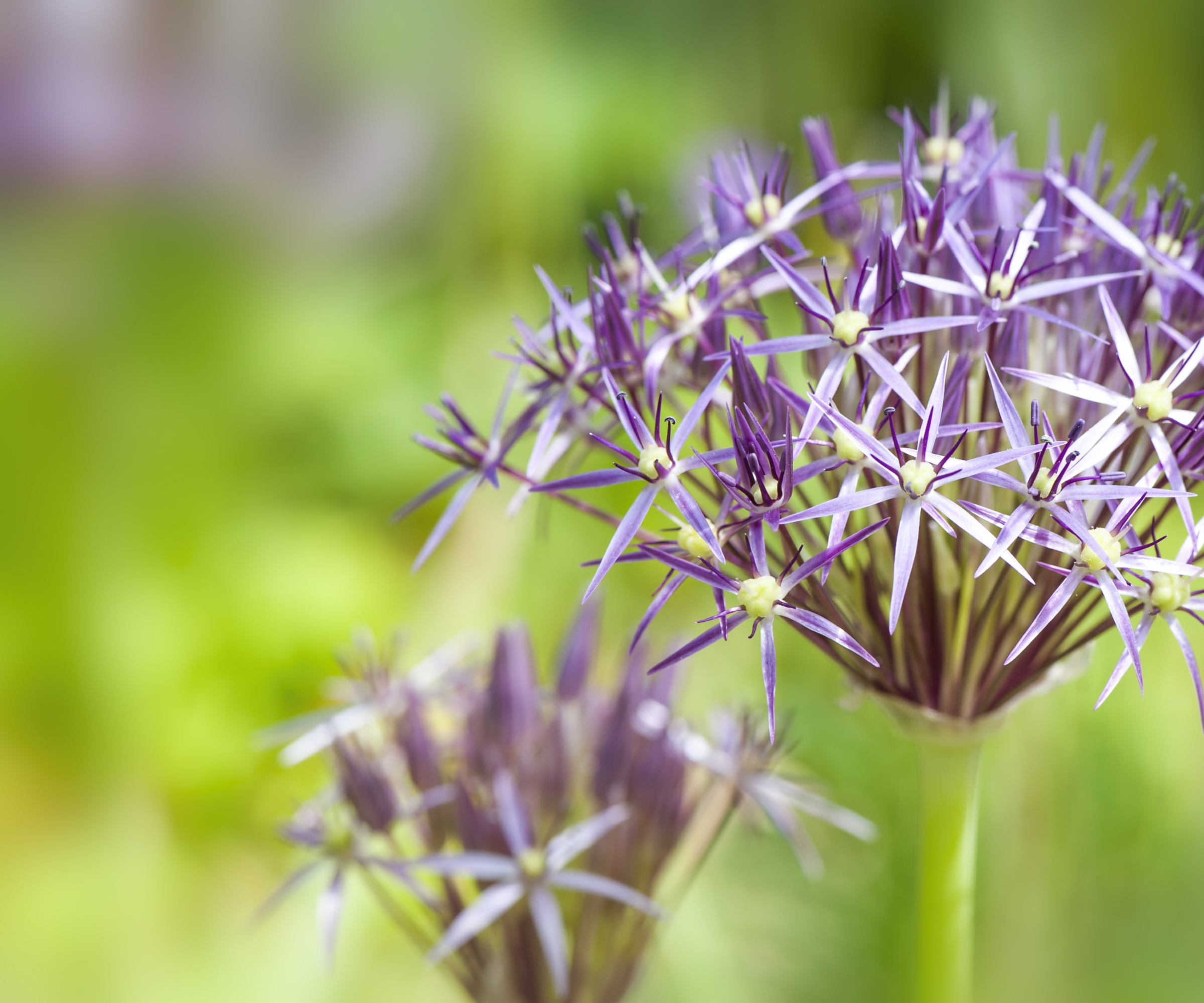
(Image credit: Getty Images/Jacky Parker Photography)
7 flower bulbs to order in August before it is too late
Ordering spring bulbs in August is a wise move if you want the best varieties, but it does mean that knowing how to store bulbs is important, as you might not be planting them for a few weeks or even months.
I would always suggest keeping your bulbs in a cool, dry and well-ventilated spot in the garden shed. Do not, I repeat, do not, store bulbs in sealed plastic bags or leave them baking in direct sunshine.
Pest-proofing should also be a consideration. I once made the mistake of storing several hundred tulip bulbs in a cardboard box in a garden shed in Wales, only to return and find the local mice had enjoyed a weekend-long feast.
So, learn from me, find a cool spot that is ventilated, using solid trays or baskets that are kept off the ground. This approach will save you a lot of heartbreak.
Here are seven high-impact bulbs to order in August.
1. Hyacinth ‘Purple Sensation’
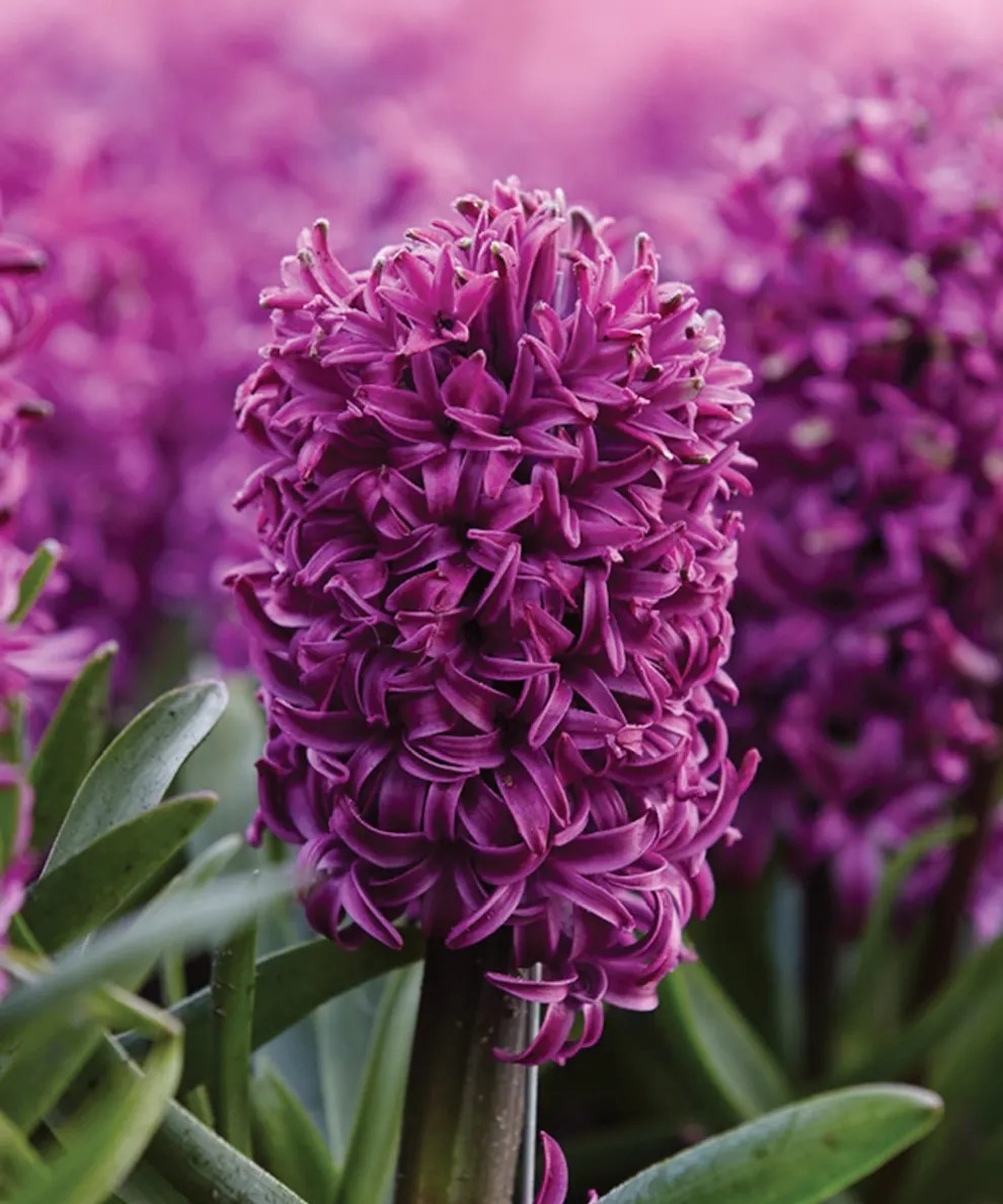
(Image credit: Burpee)
I’ve grown many hyacinth varieties over my career. Years ago, when working in South Wales, we lined the path to the kitchen garden with rows of ‘City of Bradford’ hyacinths. Not only did these lilac-blue flowers look impressive, but the scent in the veg beds was unmatched.
‘Purple Sensation’ is another popular variety that I return to. The color is that perfect royal purple, and the scent, as with all hyacinths, is an ideal late winter accompaniment.
Order ‘Purple Sensation’ hyacinth bulbs from Burpee now, while stocks last.
I would usually plant hyacinths anytime in October or November, but don’t worry too much about sticking rigidly to this time frame. So long as the bulbs are firm and they are in the ground by the end of December, you should be fine.
2. Pheasant’s Eye daffodil
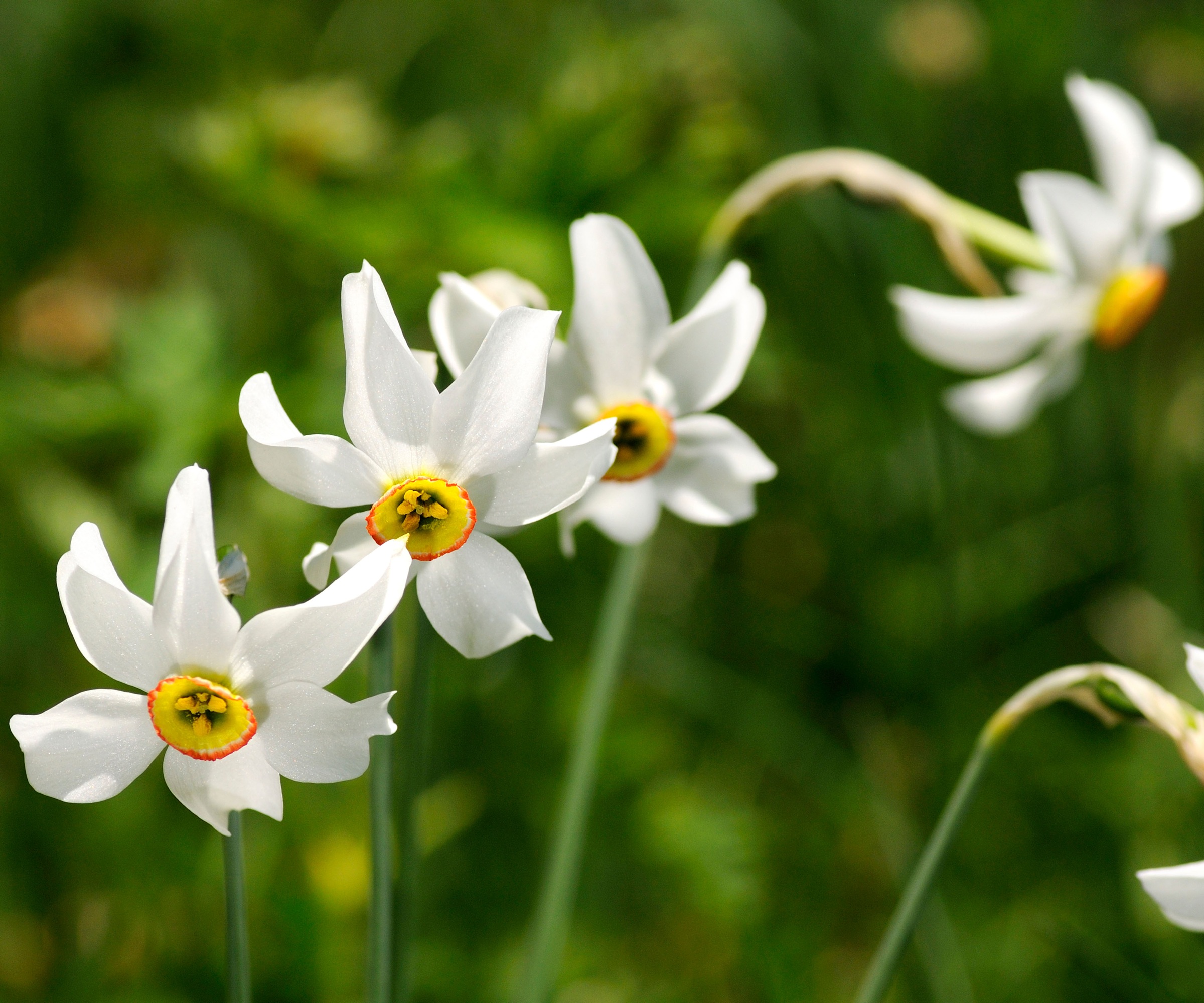
(Image credit: Alamy/ GFC Collection)
If you are looking for one of the best bulbs for naturalizing in a lawn or meadow, the pheasant’s eye daffodil, or Narcissus poeticus, is a good choice.
Pheasant’s Eye daffodil bulbs are available to order from Nature Hills.
This narcissus has simple, clean white flowers with tiny red eyes that look impressive when planted in drifts across a backyard.
Plant them anytime from September, aiming to get the bulbs as deep into the ground as possible (but aiming for at least four inches).
I’ve always liked pairing them with dark snakeshead fritillaries for a meadow-like mix that combines dark purple and ivory white pops.
3. Tulip ‘Orange Emperor’
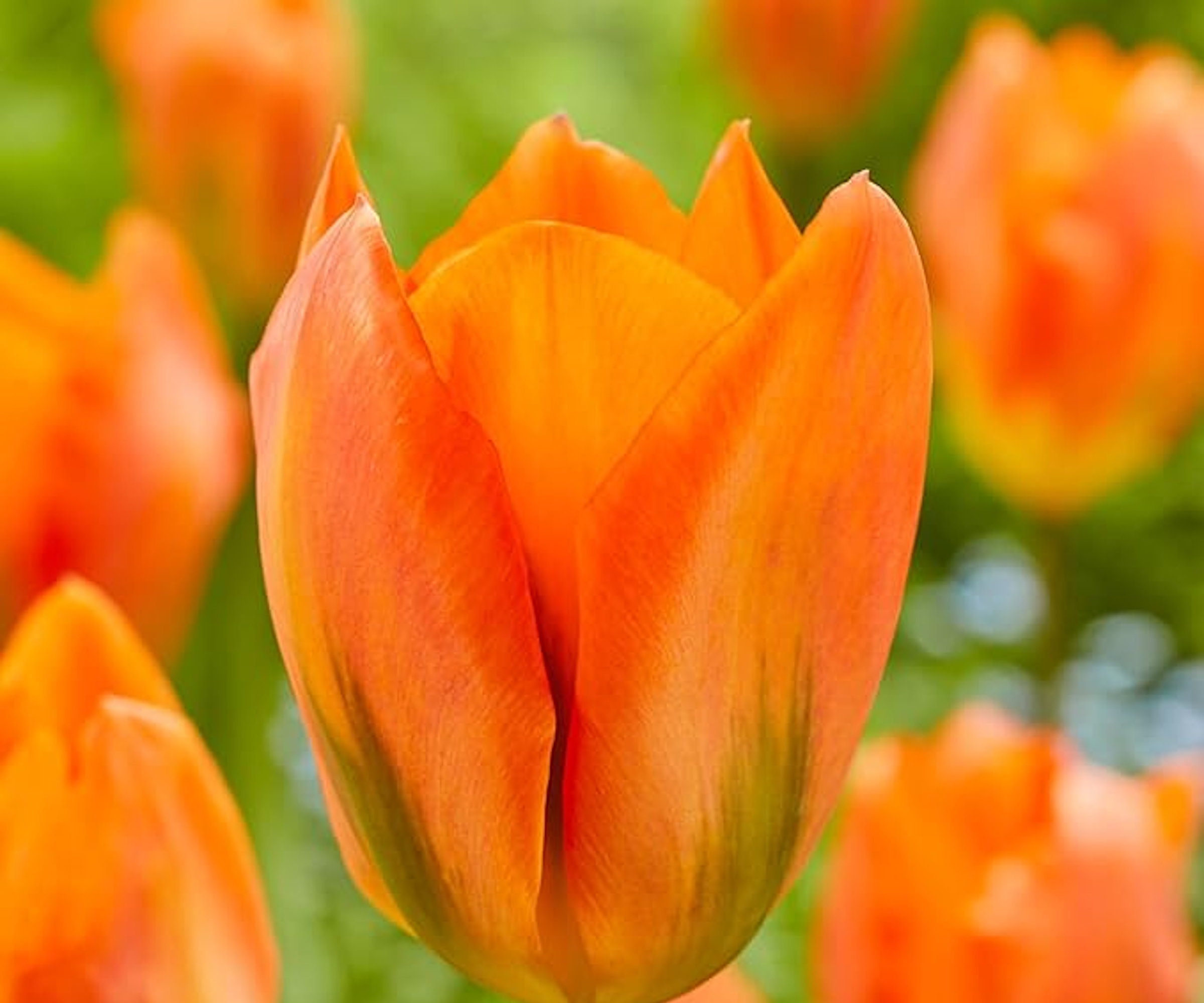
(Image credit: Garden State Bulbs)
There’s nothing shy about ‘Orange Emperor.’ While there are many different tulip types and colors, this simple and impactful orange option seemingly glows against fresh green spring foliage, which is why I have returned to use it again and again.
They flower in mid-spring and go particularly well with darker purples like ‘Queen of Night’ for contrast.
You can plant them anytime from September through January, but just be sure to learn how to store tulip bulbs correctly, ideally in a dark, well-ventilated room that is pest-free.
‘Orange Emperor’ tulip bulbs can be ordered from the Garden State Bulb Store via Amazon.
4. Crown imperial fritillaries

(Image credit: Photography via Getty Images)
While imperial fritillaries, or Fritillaria imperialis, are undoubtedly good-looking, they do have a downside. They are often labelled as some of the worst-smelling plants, although, with flowers like this, they get away with it.
Crown imperial fritillaries are available to order now via Burpee.
Those towering stems (that can reach upwards of three or four feet) are topped with flamboyant orange or yellow bells that look like something from a painting.
In terms of how to plant imperial fritillaries, I always recommend digging deep, about eight inches or more, and laying them on their side with a handful of grit underneath to prevent rot within the bulb.
It is also important to note that these bulbs are toxic, so when handling, use something like these long-sleeve gardening gloves, available from Amazon.
5. Daffodil ‘Cheerfulness’

(Image credit: Getty Images/Elena Voevodskaya)
There are many different bulb planting trends every year, but I always come back to multi-headed daffodils. A little old-fashioned, a little traditional, but daffodil varieties like ‘Cheerfulness’ are, in my opinion, hard to beat, offering a winning combination of scent and floral beauty.
As you can see from the image here, each stem carries clusters of white-cream flowers with a heady fragrance (perfect for adding to vases indoors).
I have grown them in borders and pots, but I find containers far better, as you can then move them around, from the patio table to the steps by the front door, or wherever you might want to enjoy their scent.
They flower slightly later in spring, which makes them perfect for extending the daffodil season.
For an earlier-flowering container companion, try planting these copper colored ‘Orange Monarch’ crocus, with bulbs available from Nature Hills.
6. Tulip ‘Black Parrot’
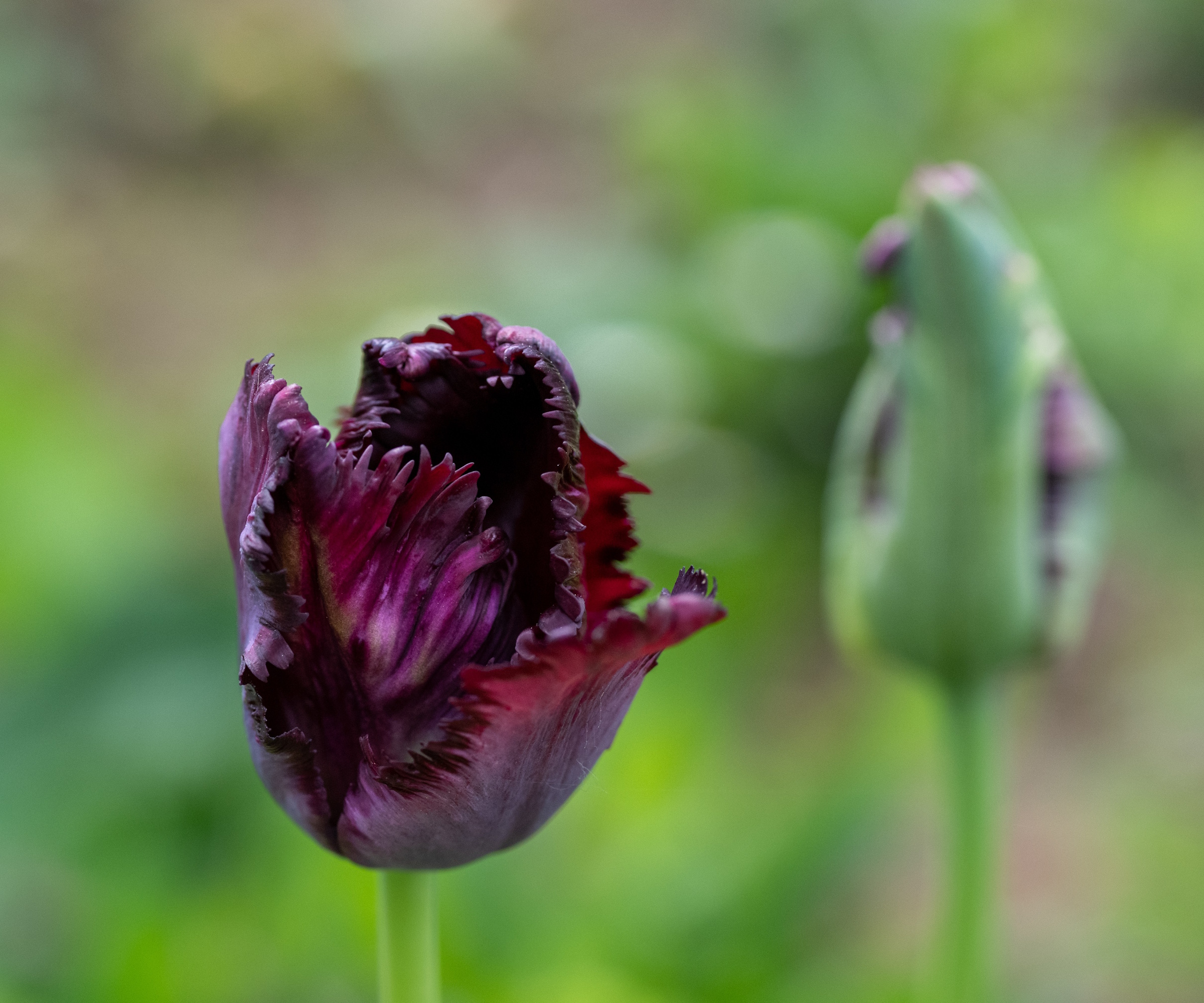
(Image credit: Getty Images/AndreaObzerova)
I adore fringed tulip varieties, and Tulipa ‘Black Parrot’ is one of the best. The deep maroon, near-black color adds a bit of drama to any spring display, working particularly well with coppers and pinks, some of which I have listed here.
‘Black Parrot’ also has good stem length, so it is a good option if you are looking to snip a few blooms to use for vases indoors.
You can plant tulips anytime between October and January, aiming for about six inches deep in borders or pots.
Tulipa ‘Black Parrot’ bulbs are available to order now via Nature Hills.
7. Tulip ‘Princess Irene’
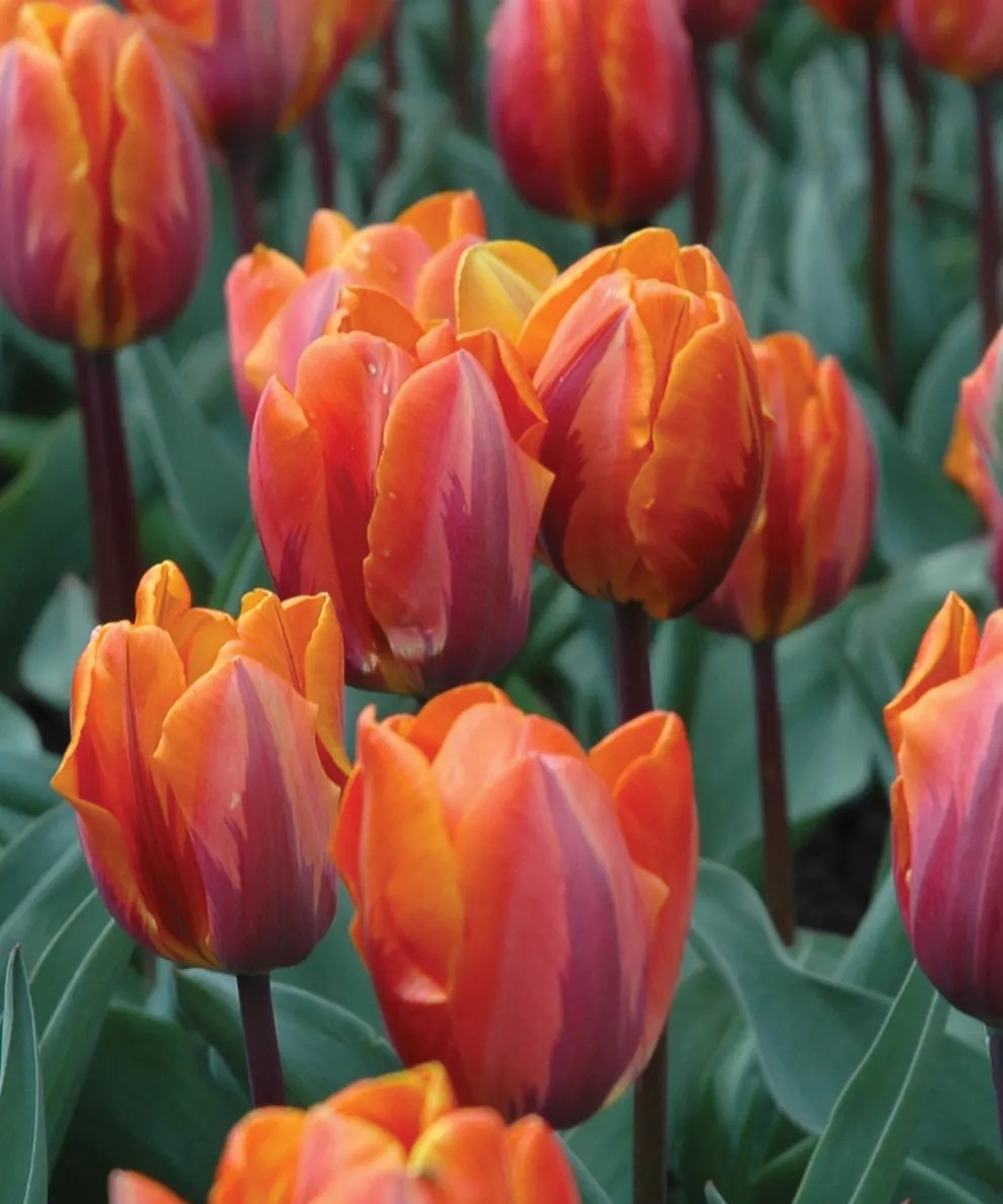
(Image credit: Burpee)
Another tulip variety that is no shrinking violet, ‘Princess Irene’ has copper-orange petals with dark, almost purple markings at the base of the flower, which look good both outside and in a vase.
This variety blooms from mid to late spring, so it is a good option for containers that you might want to erupt in a joyful and colorful display for the month of May.
But, as with all of these varieties, popular tulips tend to sell out fast, so make sure to add this to your list of bulbs to order in August.
Tulip ‘Princess Irene’ bulbs are available now via Burpee.
If you haven’t guessed already, I love rich tones and maximalist themes in the spring garden. All those Venetian colors of purples, oranges and burnished reds.
Whatever your preferences, be bold and play with different colors and shapes. Just don’t wait too long… the best varieties sell out fast.
Shop bulbs and accessories
Source link

